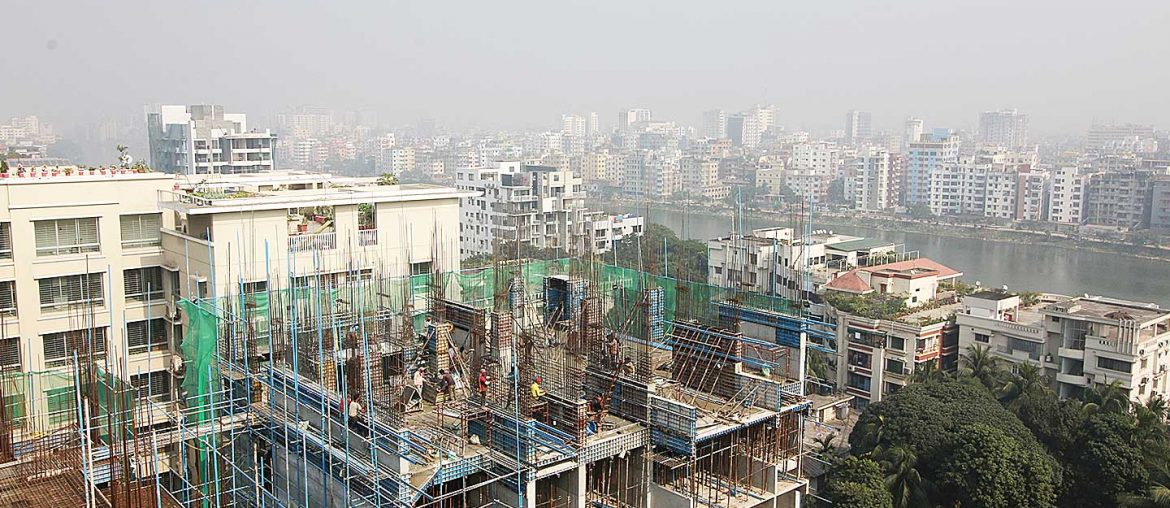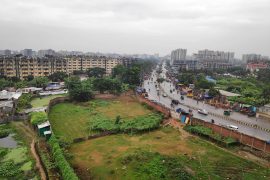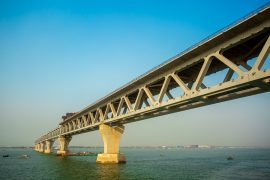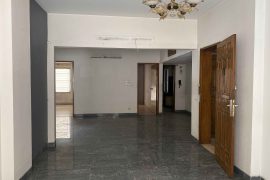The evolution of Dhaka from being just the capital of Bangladesh to a global hub is nearly complete. Completion of massive development projects, renovation & restoration of existing infrastructure, and introductions of modern facilities have definitely paved the way. Life in Dhaka city has been through a lot of changes over the years. From the cities boundaries to the products that we buy, every aspect of our lives has felt this change. As the growth of the city continuous to unprecedented heights, we take a look at how things in new Dhaka are different today from days gone past, and how living in Dhaka has changed.
Decentralization
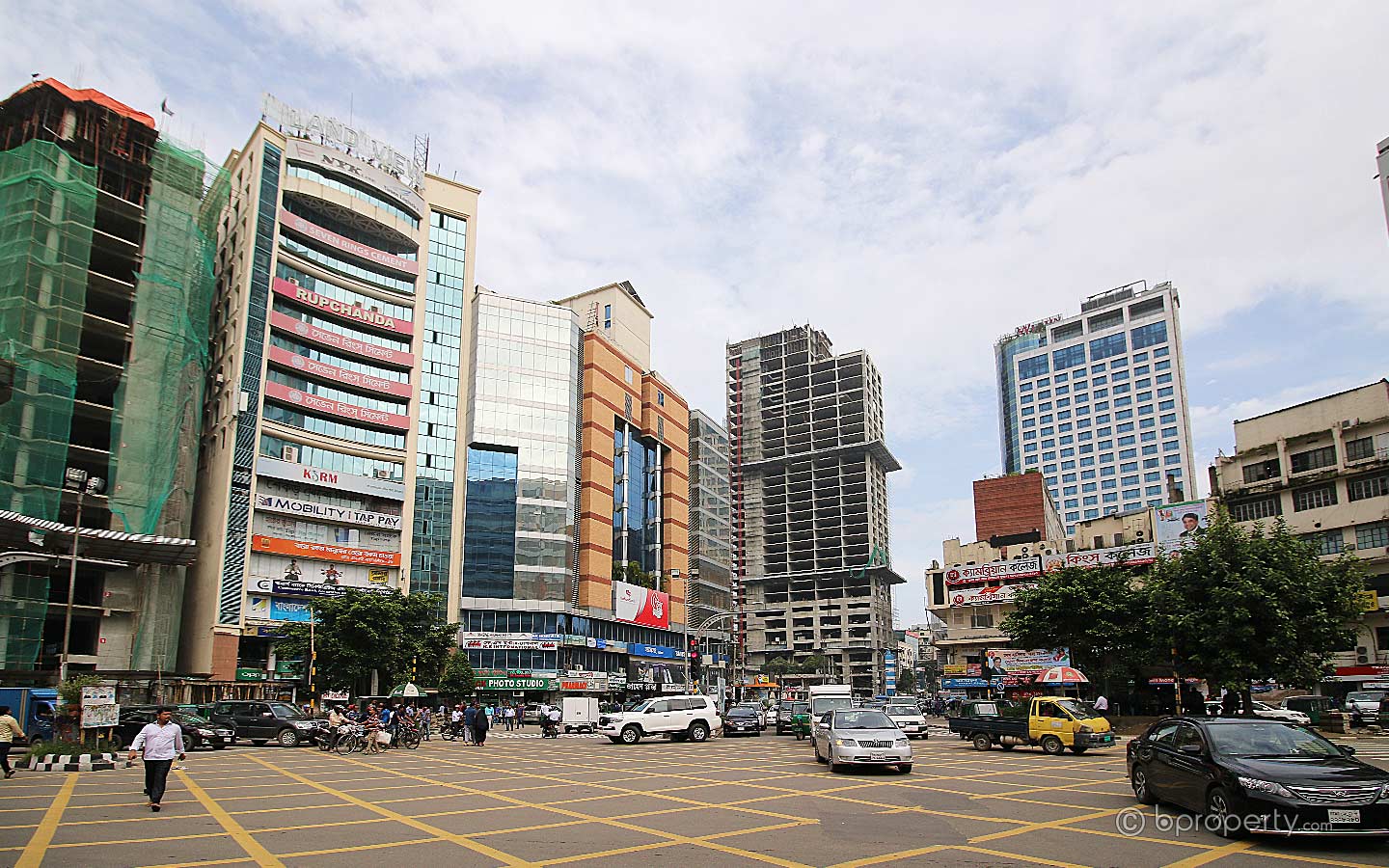
There has been a singular authority in Dhaka for most of its history. Until December 2011, Dhaka City Corporation was that authority. That is when the city corporation was divided into two entities; Dhaka North City Corporation and Dhaka South City Corporation. The decentralization of power allowed the governing bodies to work independently and focus on their respective areas. This alleviated many barriers present before and helped improve life in Dhaka city. Many people now living in Dhaka enjoy better conditions.
Another aspect of this decentralization can be viewed from the perspective of commerce. Motijheel has always been the principal financial zone, and it continues to be so. However, there are other commercial zones now. Places like Gulshan and Banani have risen as valuable business centers in Dhaka. In fact, the most valuable commercial real estate today is that of Gulshan and Banani. People clamor to establish an office in these locations. This spread of wealth has been a long time coming and has greatly aided the city’s development.
Housing Trend
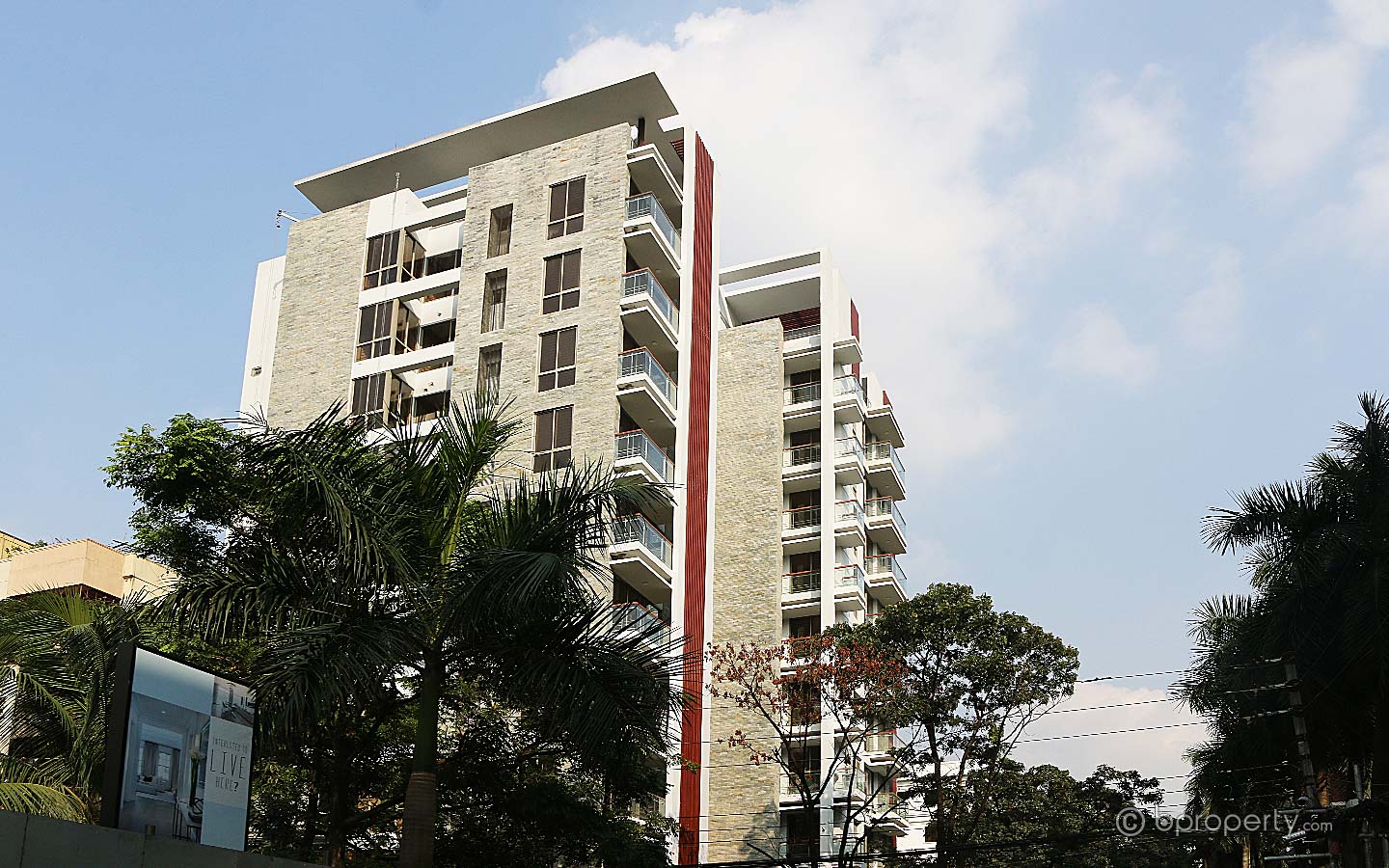
In any country, the development and growth of a city have a tremendous impact on its housing trends. Dhaka has seen several cycles of expansion; mostly to the north. But as we found out from the World Bank Report on urban Dhaka, the focus is on the east now. Back in the 80’s and 90’s, there were only a handful of specialized residential areas in Dhaka. Most notably, there was Dhanmondi, Mohammadpur, Gulshan and Banani. Most people would try to choose one of those areas for living in Dhaka. However, life in Dhaka city and the housing trend was quite different. The population of the city was significantly lower than that of today. Accompanied by a considerably lower migration rate, people had the luxury of space to build their homes. The architectural trends of that time were condos and spacious buildings. There were also very few ‘apartment buildings’.
Today, however, things in new Dhaka are a bit different. The rapid growth of the city has compelled us to build vertical for housing development. High rise apartments are better equipped to handle the growing number of people in Dhaka. There are also more residential areas now. Areas such as Bashundhara, Mirpur, Banasree, and Baridhara have sprung up as popular places for rent or to buy apartments in Dhaka.
Transport & Infrastructure
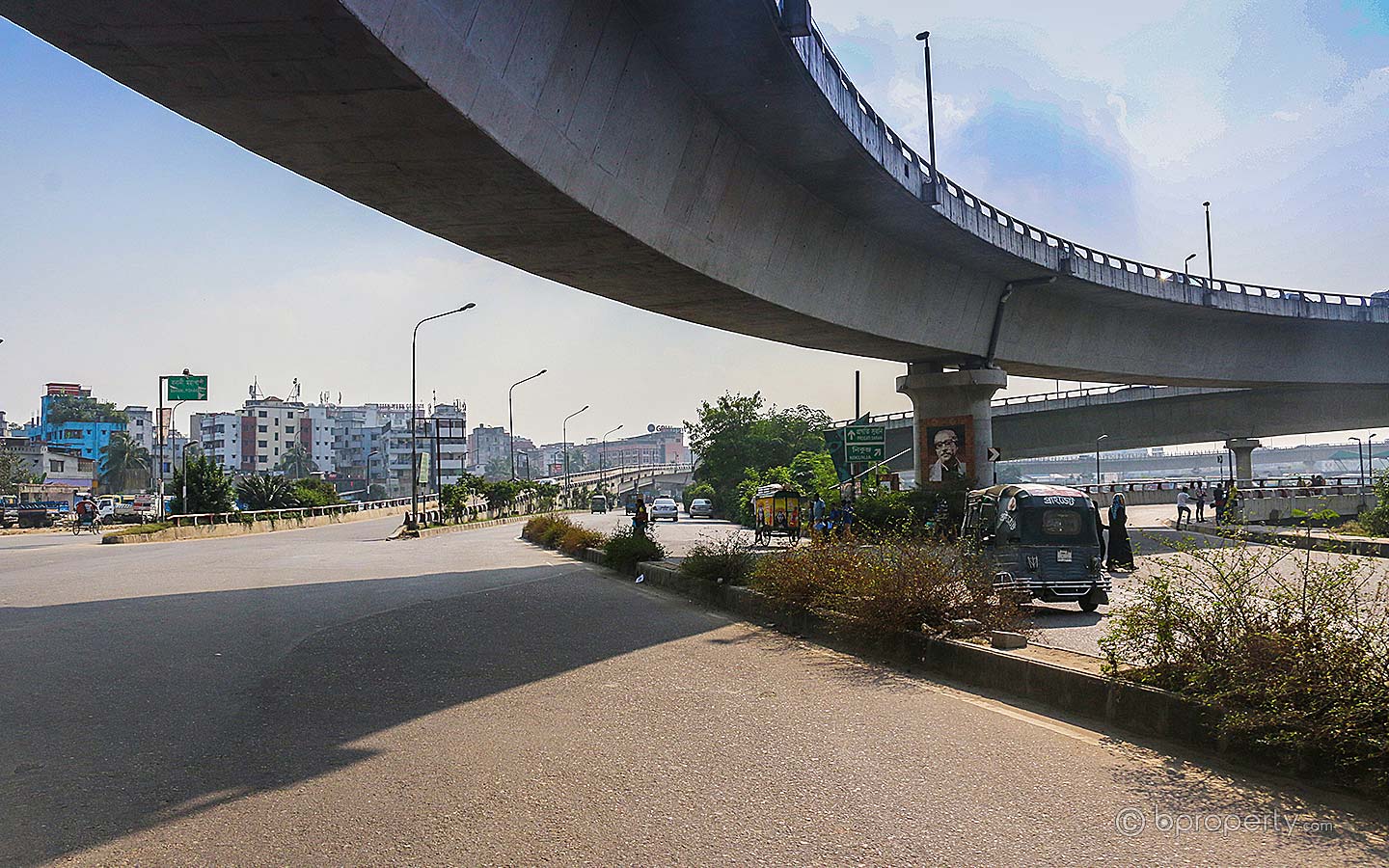
To someone who hasn’t had the opportunity to witness or learn about the meteoric rise of Dhaka, the drastic change of its transport facility and infrastructure will be an enormous surprise. Even as early as the start of the millennium, the numbers of public transports such as buses were very few. Rickshaws and two-stroke taxis were the most prevalent modes of transportation in old Dhaka. Whereas today, a multitude of options are available for the citizens of Dhaka. There’s a plethora of buses, taxis, and even numerous ride-sharing services to help people travel. Living in Dhaka has never been easier or more convenient.
The first major initiative to modernize Dhaka’s infrastructure came in the form of Mohakhali Flyover in 2004. This was soon followed up by Khilgaon flyover and the reform of many street ways throughout the city. In the old days, Kuril crossing was one of the most irksome roads in the city. It used to take 1-2 hours for people to travel to the other side. The unveiling of the Kuril flyover has eradicated any traffic jam that was once there.
Another resounding success in Dhaka’s infrastructural development came in the form of the Hatirjheel project. It has been a great blessing for commuters and the life in Dhaka city has been made better. Thousands of people each day take the Hatirjheel road to avoid traffic jam in Dhaka.
Recreational Variety
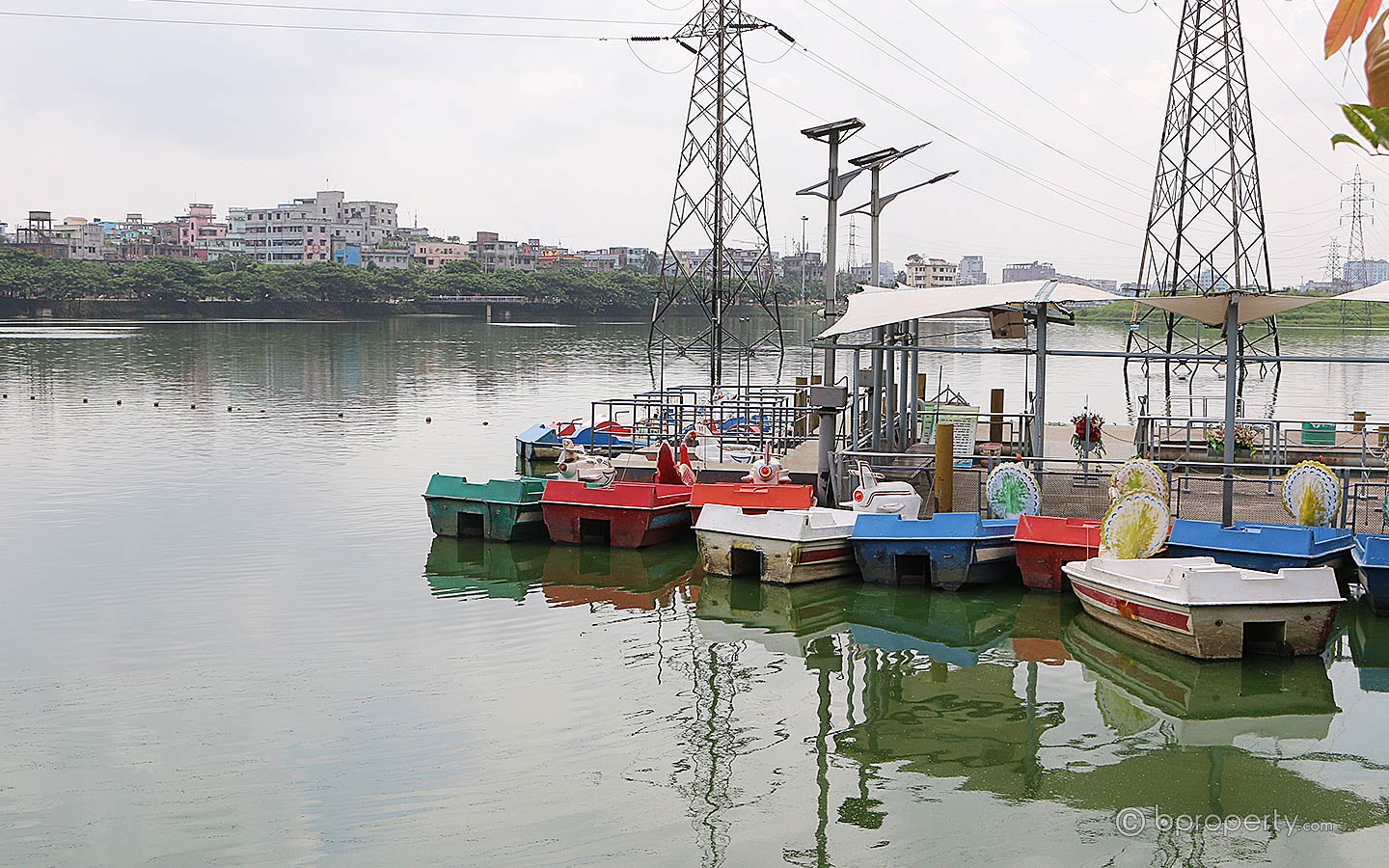
There are a lot of things people disagree about. However, there is one consensus among all: people now have more recreational options than ever before. Recreational diversification has kept up a good pace with the growth of the city and the ever-changing tastes of people. There is something to do for everyone. That wasn’t always the case though. In old Dhaka, residents only had few alternatives for enjoyment. There were only a few parks to choose from, such as Dhanmondi Lake Park, Zia Uddan and Ramna Park. Sishu Park near Shahbag was also the only amusement park in the city. And if people wanted to go out to eat, ‘Chinese’ restaurants were all the craze; a complete contrast to today.
Every area of new Dhaka is full of amazing eateries. Plenty of restaurants have opened up in the last few years. Among them, Banani has some of the most extraordinary and trendiest places to eat in Dhaka city. Denizens can also enjoy live music while they eat at any of many music cafes. Fantasy Kingdom, Nandan Park, Wonderland are all excellent choices for a family outing. Many would consider life in Dhaka city was simpler back then, but no one can deny that life is livelier now.
Lifestyle
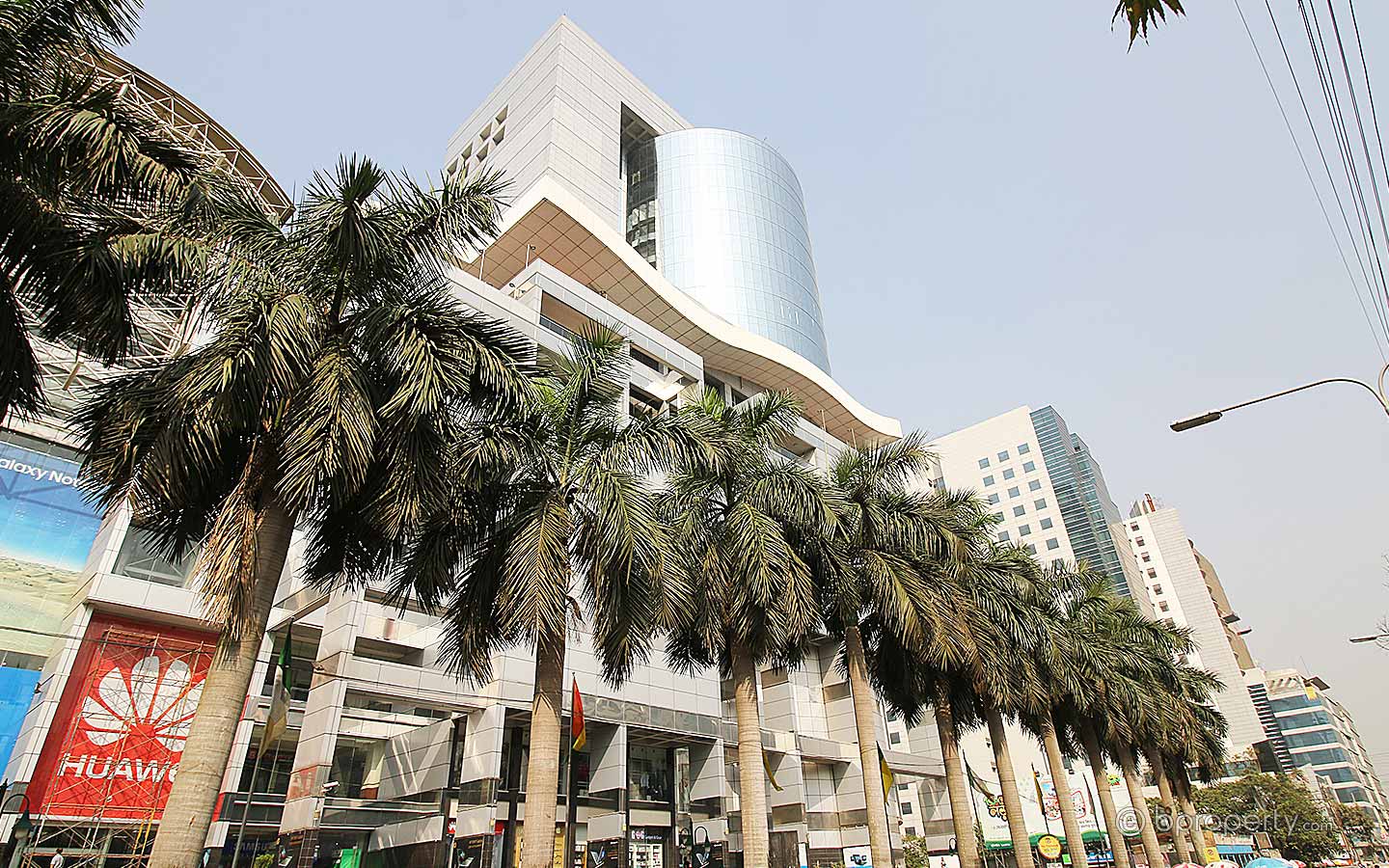
The lifestyle of citizens in a city is the culmination of numerous aspects. Among some of these things, changing trends, infrastructural development, and the availability of goods and products determine how people live. So it’s no surprise that there is a significant difference in the lifestyles of old and new Dhaka. Lifestyle is one of the things in new Dhaka that has had a huge makeover. The city we experience currently is a modern city; at the forefront of immense change. Citizens today enjoy benefits that were unheard of back in the day. Services like ride sharing have elevated people’s mobility to new heights.
A great example of the immense change in lifestyle lies in how we buy products. Not only are items launched thousands of miles away available in Dhaka in almost no time, we can even place orders for them online. E-commerce is one of the most rising sectors in Dhaka and is quickly becoming the new norm. Going to the store and buying things was the norm in Old Dhaka. Gadgets, accessories, and even groceries can be bought online now. Life in Dhaka city has never been more convenient.
As the growth of the city continues, the landscape of the capital is sure to transform even more. Infrastructural development of newer areas, innovative policies and the adoption of new technologies will be the catalyst. For now, the whole country, and even the world looks on to see how life in Dhaka city changes.
Is there anything you miss about old Dhaka? Or maybe you love some things in new Dhaka we know today? Let us know in the comments.

